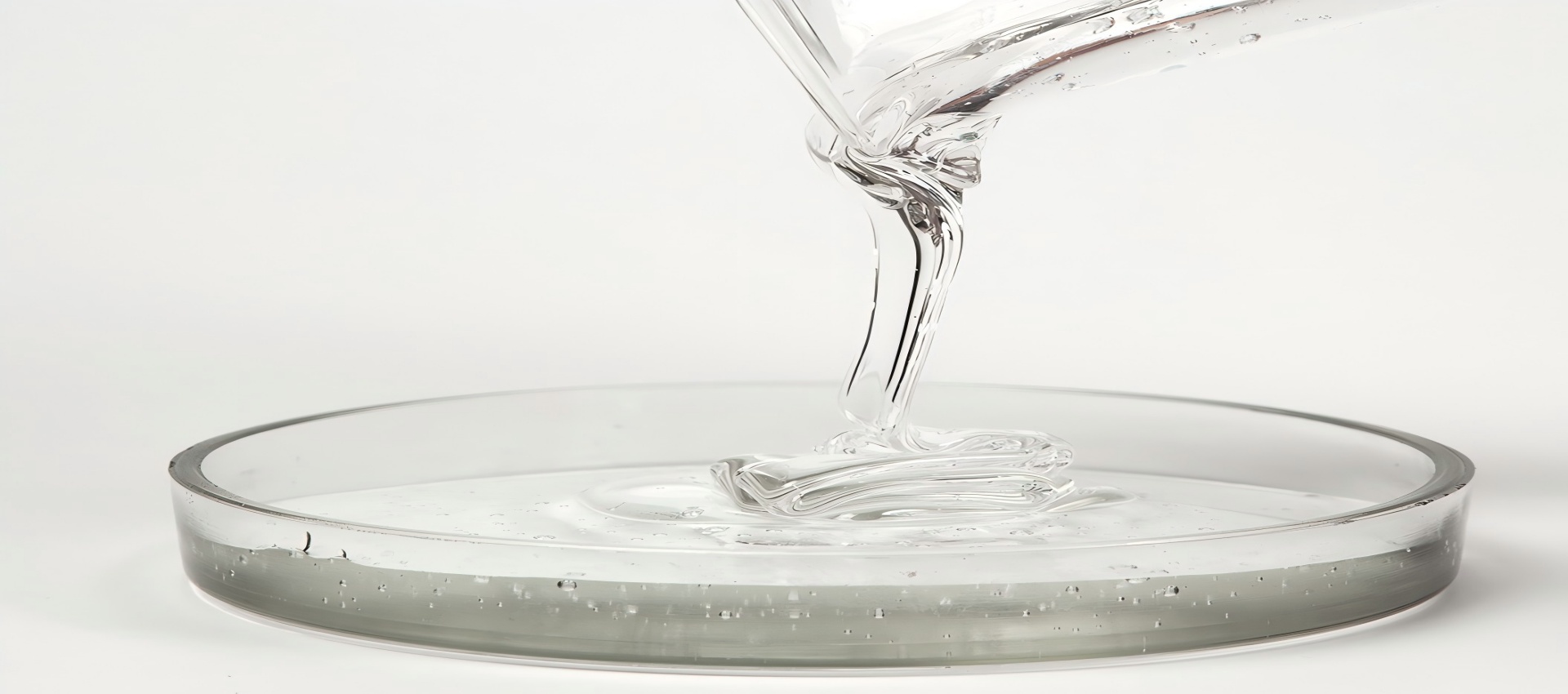
heptamethyltrisiloxane factory&supplier

Heptamethyltrisiloxane
Everything you need to know about our products and company
Assessing Environmental Risks: The Impact of Heptamethyltrisiloxane on Ecosystems
Heptamethyltrisiloxane (HMTrS), a volatile methylsiloxane (VMS) compound, has emerged as a focal point in environmental science due to its widespread industrial use and potential ecological consequences. As industries increasingly adopt silicone-based materials for their stability and efficiency, understanding HMTrS’s environmental footprint has become critical for regulatory compliance and sustainable practices. This article explores its environmental behavior, toxicity risks, and mitigation strategies, while highlighting actionable solutions for businesses like Biyuan, a leader in eco-friendly chemical innovations.
HMTrS enters ecosystems primarily through industrial discharges, wastewater, and atmospheric deposition. Unlike larger siloxanes (e.g., D4/D5), its lower molecular weight allows for higher volatility, enabling rapid dispersion into air and water systems . Studies reveal that HMTrS can persist in aquatic environments for months, with limited biodegradation under aerobic conditions . In soil and sediments, it adsorbs onto organic matter, creating long-term reservoirs of contamination .
Key Risk Factor:
HMTrS exhibits moderate acute toxicity but raises concerns over chronic exposure. In rainbow trout, sublethal concentrations disrupt endocrine functions, impairing reproduction and development . Terrestrial studies indicate it interferes with microbial communities in soil, altering nutrient cycling .
Regulatory Insights:
Businesses reliant on HMTrS face dual challenges: regulatory adherence and ecological responsibility. Proactive measures include:
Emerging technologies promise safer alternatives:
As global regulations tighten, Biyuan offers cutting-edge solutions to mitigate HMTrS risks:
Contact Biyuan Today
Reduce environmental liability. Enhance product sustainability. Let Biyuan engineer your path to compliance.
Heptamethyltrisiloxane’s environmental impact underscores the urgency of adopting sustainable practices. By integrating advanced biodegradation technologies and adhering to evolving regulations, industries can minimize ecological harm while future-proofing operations. For businesses prioritizing both profitability and planetary health, Biyuan provides the expertise and solutions needed to navigate this complex challenge.
Keywords: Heptamethyltrisiloxane environmental impact, biodegradability solutions, regulatory compliance, industrial waste management, Biyuan sustainable chemistry.
Our most popular products loved by customers worldwide
Heptamethyltrisiloxane is emerging as a transformative functional material in the pharmaceutical industry. This volatile silicone derivative combines low viscosity with high permeability, offering unique solutions for advanced drug delivery systems and medical device technologies. Certified USP Class VI and compliant with ISO 10993-5 standards, heptamet.
Heptamethyltrisiloxane is transforming the personal care industry through its unique volatile characteristics and exceptional spreading properties. This lightweight silicone fluid delivers instant sensory enhancement while providing functional benefits across various product categories. Heptamethyltrisiloxane meets rigorous safety standards including RE.
Heptamethyltrisiloxane is emerging as a powerful adjuvant in modern agriculture, leveraging its unique properties to enhance crop protection product performance. This organosilicone compound acts as a super-spreader, dramatically improving the efficacy of pesticides, herbicides, and fungicides through superior surface coverage and penetration. The mater.
Heptamethyltrisiloxane is gaining recognition as a versatile performance additive in various industrial sectors due to its unique combination of low viscosity, high volatility, and exceptional surface activity. This organosilicone compound serves as an efficient process aid and functional modifier across multiple applications. Heptamethyltrisiloxane off.